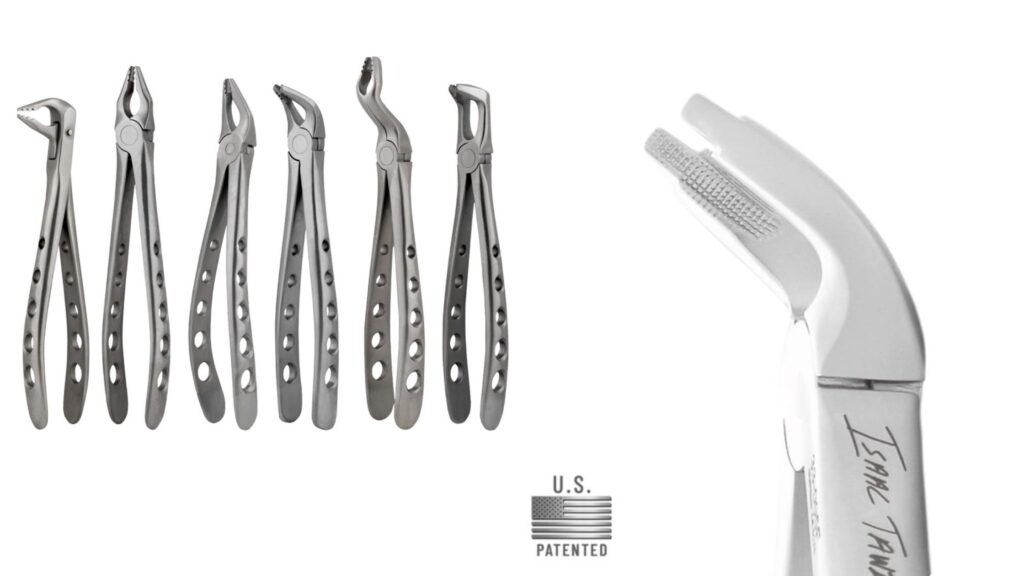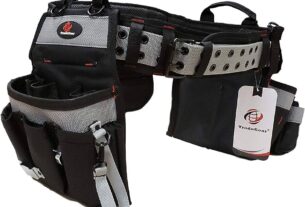Are you suffering from dental problems and need to extract a tooth? Do you want to know more about the tooth extractor tool and how it works? Look no further! This comprehensive guide will provide all the information you need about extraction techniques and tools.
[h2]What is a Tooth Extractor Tool?[/h2]
A tooth extractor tool is an instrument used by dentists to remove a tooth that cannot be saved due to decay, trauma, or overcrowding. It comes in different shapes and sizes, depending on the type of tooth and the location in the mouth.
The most common type of extractor tool is the forceps, which resembles pliers with long handles and curved tips. The forceps are designed to grip the tooth firmly and apply controlled pressure to loosen it from its socket.
Other types of extractor tools include elevators, which are used to lift the tooth out of its socket, and luxators, which are used to separate the tooth from the surrounding bone.
[h2]How Does the Tooth Extractor Tool Work?[/h2]
The tooth extractor tool works by applying mechanical force to the tooth, causing it to loosen from its socket. The dentist first numbs the area with local anesthesia to reduce pain and discomfort during the procedure.
Then, they use a dental mirror to locate the tooth and position the extractor tool. They carefully grip the tooth with the forceps or elevate it with an elevator until it becomes loose enough to remove.
During this process, the dentist must be careful not to damage nearby teeth or tissues. They may also need to remove some bone around the tooth or cut it into smaller pieces if it is too large or impacted.
[h2]When is a Tooth Extraction Necessary?[/h2]
Tooth extraction may be necessary for several reasons, including:
– Severe decay or infection that cannot be treated with a filling or root canal
– Crowding or misalignment of teeth that require orthodontic treatment
– Impacted wisdom teeth that cause pain, swelling, or infection
– Fractured or broken teeth that cannot be repaired
– Preparation for dentures or other dental prosthetics
Your dentist will evaluate your condition and recommend the best course of treatment. In some cases, they may refer you to an oral surgeon for more complex extractions.
[h2]What are the Risks of Tooth Extraction?[/h2]
Like any dental procedure, tooth extraction carries some risks. These include:
– Bleeding or infection at the extraction site
– Pain, swelling, or bruising in the surrounding area
– Damage to nearby teeth, nerves, or tissues
– Dry socket, a painful condition where the blood clot dislodges from the socket and exposes the bone
To minimize these risks, follow your dentist’s instructions carefully after the procedure. This may include taking pain medication, using ice packs to reduce swelling, avoiding hard or sticky foods, and not smoking or using straws.
[h2]What Should You Expect During and After a Tooth Extraction?[/h2]
During a tooth extraction, you may feel pressure or pulling sensations as the dentist removes the tooth. However, you should not feel any pain due to the anesthesia.
Afterward, you may experience some discomfort and swelling in the surrounding area for several days. This is normal and can be managed with pain medication and ice packs.
You should also avoid brushing or flossing around the extraction site for at least 24 hours and eat soft foods until your mouth heals. Your dentist will provide specific instructions on how to care for your mouth during this time.
[h2]Conclusion[/h2]
Tooth extraction may seem daunting at first, but with the right tools and techniques, it can be a safe and effective solution for dental problems. By understanding how the tooth extractor tool works and what to expect during and after the procedure, you can make informed decisions about your oral health.
If you have any concerns or questions about tooth extraction or other dental procedures, don’t hesitate to consult with your dentist or oral surgeon.
[h2]References[/h2]
– “Tooth Extraction.” American Dental Association, 16 Nov. 2017, www.mouthhealthy.org/en/az-topics/e/extractions.
– “Tooth Extraction: What You Need to Know.” Mayo Clinic, 5 Dec. 2019, www.mayoclinic.org/tests-procedures/tooth-extraction/about/pac-20395276.




